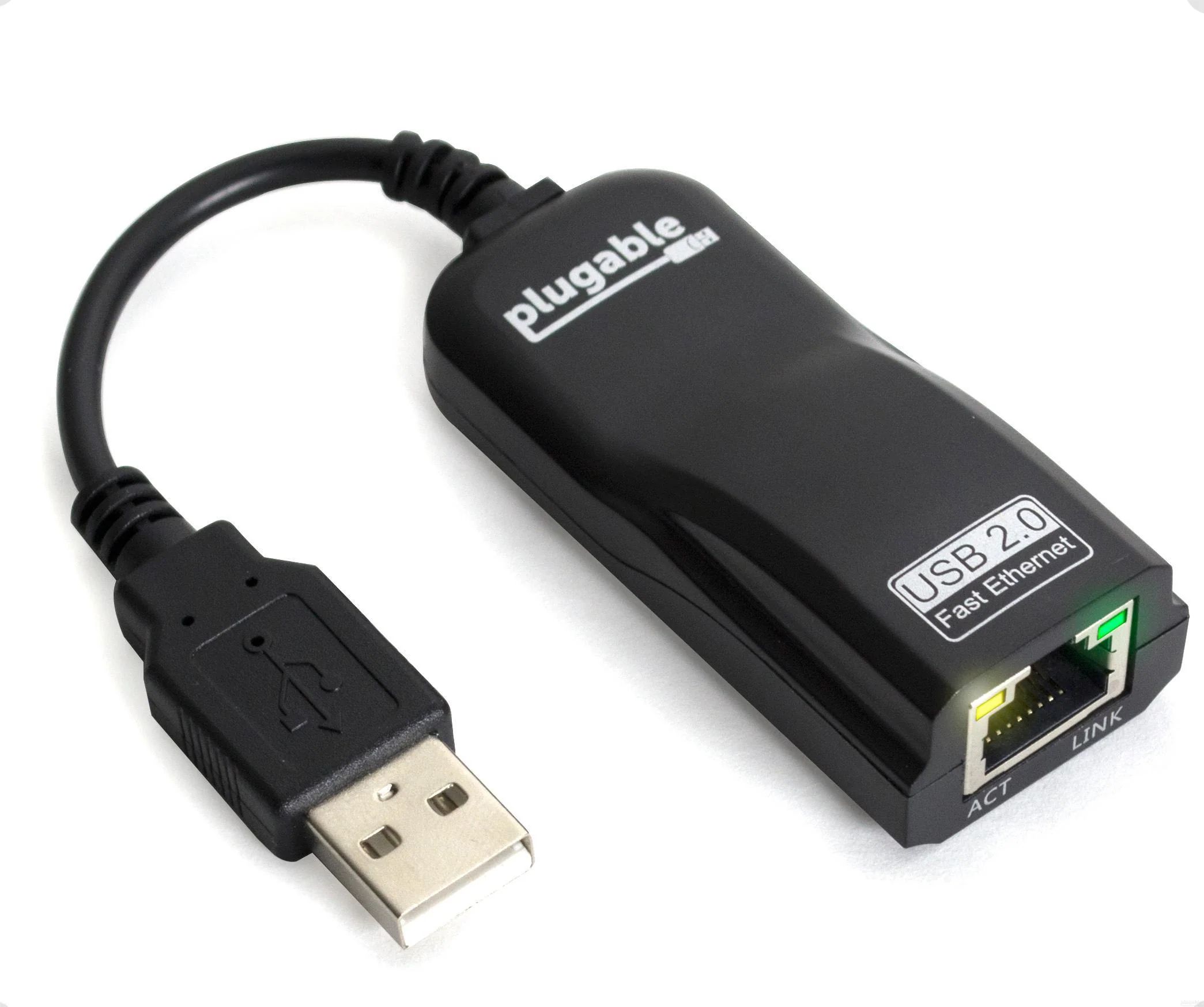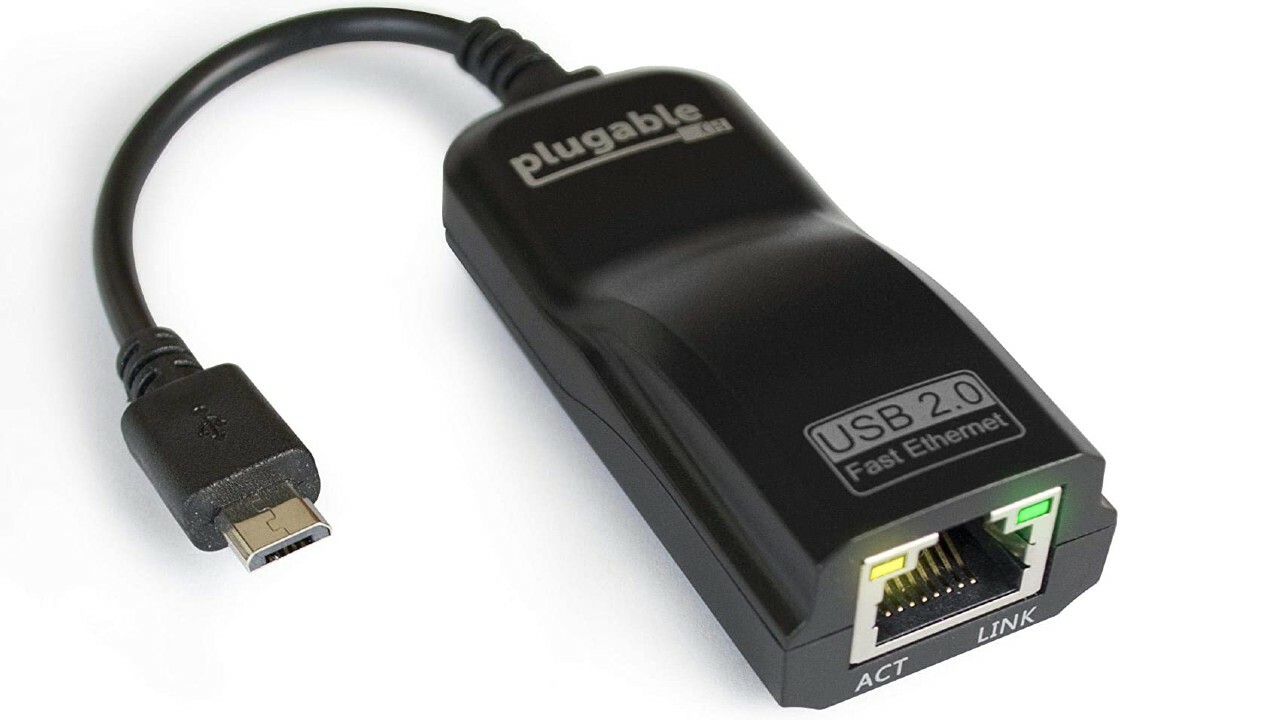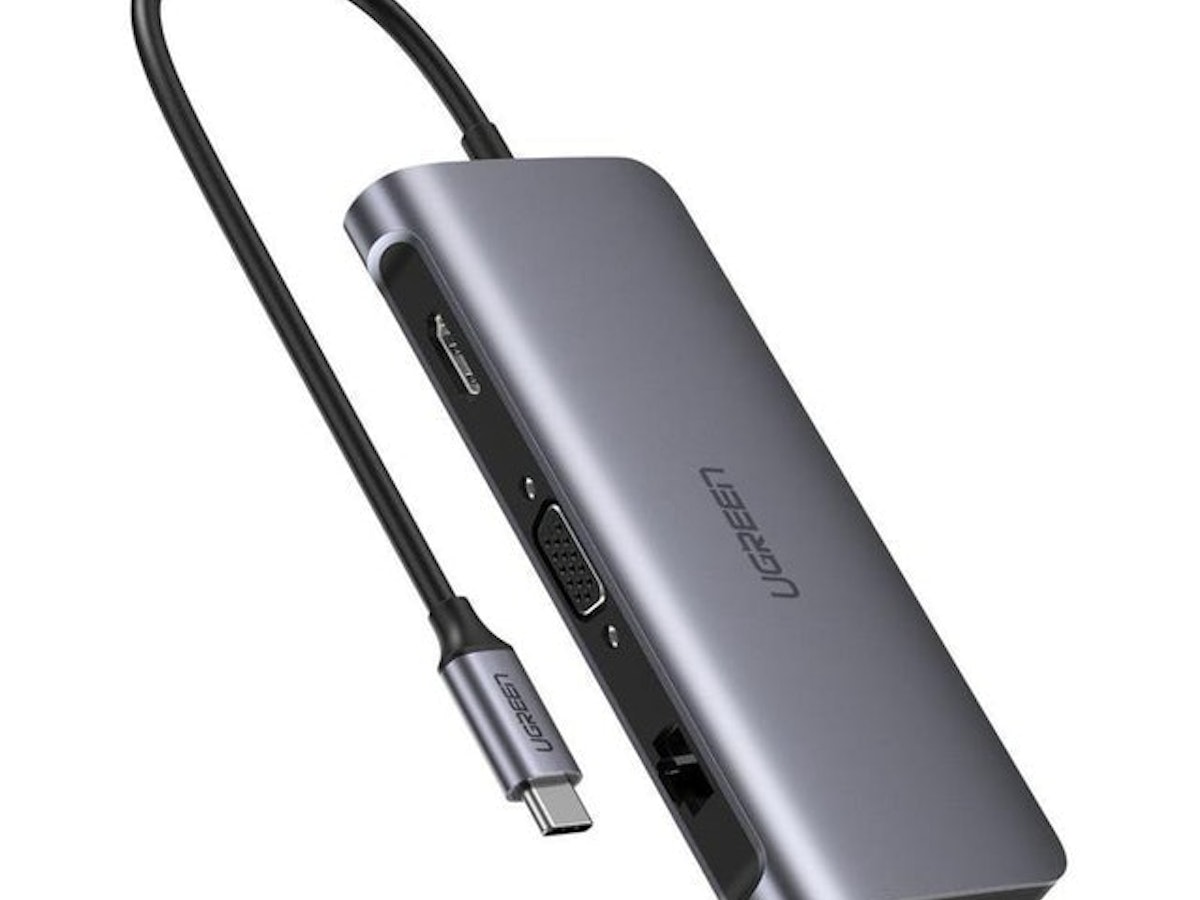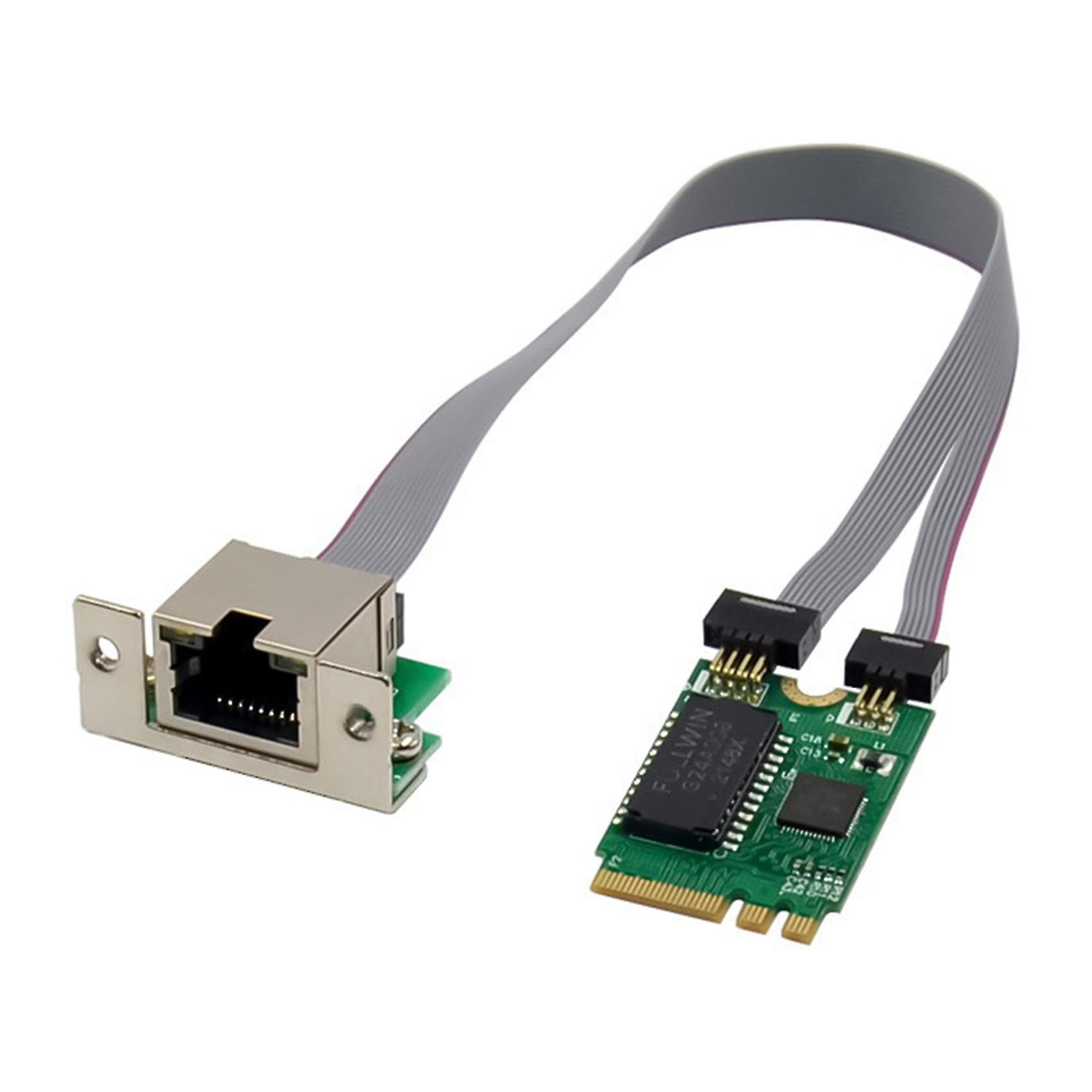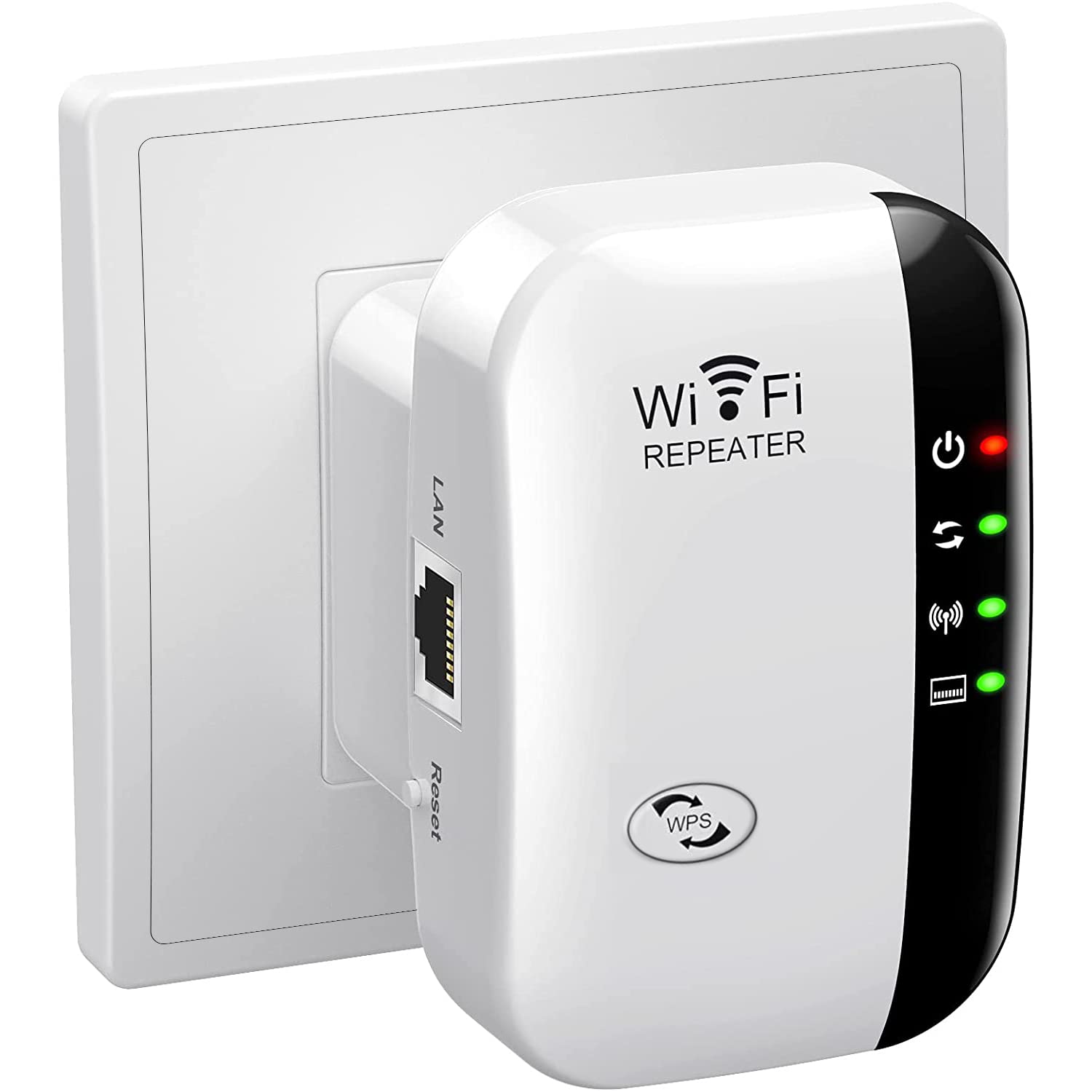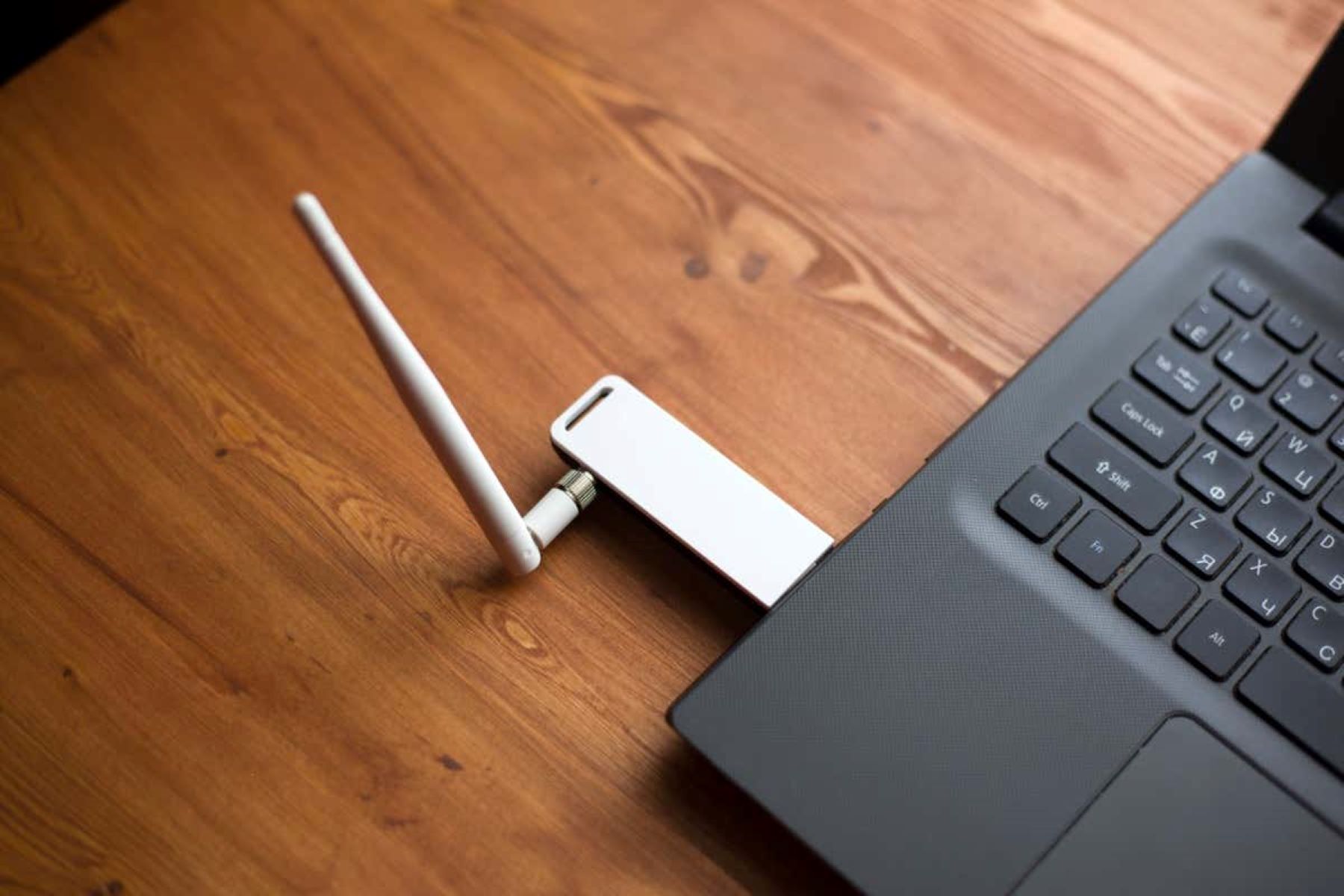Introduction
When it comes to managing your network connections on Windows 10, it’s essential to know how to enable or disable Ethernet. Whether you’re troubleshooting network issues, conserving power, or simply switching to a different connection type, being able to turn off Ethernet can be quite useful.
Ethernet is a common method of connecting devices to a local network or the internet using wired connections. While it offers fast and reliable data transfer, there may come a time when you want to disable it temporarily on your Windows 10 computer. This could be to prioritize a Wi-Fi connection, perform maintenance or updates, or avoid excessive network usage.
In this article, we will explore various methods to turn off Ethernet on Windows 10. These methods range from using the Control Panel, Network Connections, Device Manager, Command Prompt, and even PowerShell. By following these steps, you can easily disable your Ethernet connection and switch to a different network option.
Before we begin, it’s important to note that the steps provided in this article apply specifically to Windows 10. However, similar methods can be applied to other versions of Windows, albeit with slight variations in the user interface.
Now let’s dive into the options available to disable Ethernet on Windows 10 and regain control over your network connections.
Option 1: Disable Ethernet Adapter via Control Panel
One of the easiest ways to disable your Ethernet adapter on Windows 10 is through the Control Panel. The Control Panel provides a graphical user interface that allows you to manage various system settings and configurations.
Here’s how you can disable your Ethernet adapter using the Control Panel:
- Press the Windows key + X on your keyboard to open the Power User menu. From the menu, select Control Panel.
- In the Control Panel window, change the View by option to Small icons or Large icons for easier navigation.
- Locate and click on the Network and Sharing Center option.
- Within the Network and Sharing Center, click on the Change adapter settings link in the left panel.
- You will now see a list of network adapters on your computer. Right-click on the Ethernet adapter that you want to disable and select Disable from the context menu.
- A warning message may appear, stating that disabling the adapter will disconnect you from the network. Confirm the action by clicking Yes.
After following these steps, your Ethernet adapter will be disabled, and you will no longer be connected to the network through that specific adapter. To re-enable the adapter, simply right-click on it again in the Network Connections window and select Enable.
Disabling the Ethernet adapter via the Control Panel is a straightforward method that doesn’t require any technical expertise. It is an excellent option for users who prefer a visual interface to manage their network settings.
Now, let’s explore another method to disable your Ethernet adapter on Windows 10 using the Network Connections feature.
Option 2: Disable Ethernet Adapter via Network Connections
If you prefer to manage your network connections directly, you can disable your Ethernet adapter using the Network Connections feature in Windows 10. This method gives you more control over individual network adapters and their settings.
Follow these steps to disable your Ethernet adapter via Network Connections:
- Right-click on the Start button and select Network Connections from the context menu.
- The Network Connections window will open, displaying all your network adapters. Look for the Ethernet adapter you want to disable.
- Right-click on the Ethernet adapter and select Disable from the drop-down menu.
- A confirmatory dialog box may appear, notifying you that disabling the adapter will disconnect you from the network. Click Yes to proceed.
Once you’ve completed these steps, your Ethernet adapter will be disabled, and your computer will no longer use that specific adapter for network connectivity. To enable the adapter again, simply right-click on it and select Enable from the drop-down menu.
The Network Connections method provides a more direct approach to managing network adapters on Windows 10. It allows you to disable or enable specific adapters quickly without navigating through multiple settings.
Now, let’s move on to another method of disabling the Ethernet adapter on your Windows 10 computer using the Device Manager.
Option 3: Disable Ethernet Adapter via Device Manager
If you prefer a more advanced method of managing your Ethernet adapter, you can use the Device Manager feature in Windows 10. The Device Manager provides an extensive list of hardware devices installed on your computer, including network adapters.
To disable the Ethernet adapter via Device Manager, follow these steps:
- Right-click on the Start button and select Device Manager from the context menu.
- In the Device Manager window, expand the Network adapters category to view all the network adapters installed on your computer.
- Locate the Ethernet adapter you want to disable and right-click on it.
- From the context menu, select Disable device.
- A warning message may appear, stating that disabling the device may cause it to stop working. Confirm the action by clicking Yes.
After completing these steps, the Ethernet adapter will be disabled, and your computer will no longer use it for network connectivity. To re-enable the adapter, simply right-click on it again in the Device Manager and select Enable device.
Using the Device Manager to disable network adapters provides a more granular approach, allowing advanced users to manage specific hardware devices on their Windows 10 computer.
Now that we’ve covered disabling the Ethernet adapter using the Device Manager, let’s explore another method that involves using the Command Prompt.
Option 4: Disable Ethernet Adapter via Command Prompt
If you prefer a command-line approach to managing your network adapters, you can use the Command Prompt in Windows 10 to disable your Ethernet adapter. This method allows for quick execution of commands and is particularly useful for advanced users and troubleshooting scenarios.
Follow these steps to disable your Ethernet adapter via Command Prompt:
- Open the Command Prompt by pressing Win + R, typing “cmd” in the Run dialog, and clicking OK.
- In the Command Prompt window, type the following command and press Enter:
netsh interface set interface "Ethernet" admin=disable - After executing the command, the Ethernet adapter will be disabled, and you will no longer be connected to the network through that specific adapter.
To re-enable the Ethernet adapter, you can use the following command in the Command Prompt:
netsh interface set interface "Ethernet" admin=enable
Executing these commands allows for quick toggling of your Ethernet adapter’s status without navigating through graphical interfaces.
The Command Prompt method provides flexibility and control over your network settings by leveraging command-line tools. It is particularly valuable for system administrators, network engineers, or users comfortable with using the command line.
Now that we’ve explored disabling the Ethernet adapter via Command Prompt, let’s move on to another method using PowerShell.
Option 5: Disable Ethernet Adapter via PowerShell
If you prefer using PowerShell for managing your network settings, you can disable your Ethernet adapter through this powerful administrative tool. PowerShell provides extensive scripting capabilities, allowing for more advanced automation and customization of Windows settings.
Follow these steps to disable your Ethernet adapter via PowerShell:
- Open PowerShell by pressing Win + X and selecting Windows PowerShell (Admin) from the Power User menu. Note: You may need administrative privileges to perform this action.
- In the PowerShell window, type the following command and press Enter:
Disable-NetAdapter -Name "Ethernet" - After executing the command, the Ethernet adapter will be disabled, and your computer will no longer use it for network connectivity.
To re-enable the Ethernet adapter using PowerShell, you can use the following command:
Enable-NetAdapter -Name "Ethernet"
PowerShell offers a more advanced and flexible approach to managing network adapters, especially when combined with scripting and automation capabilities. This option is ideal for system administrators and advanced users who require fine-grained control over their network settings.
Now that we’ve covered disabling the Ethernet adapter using PowerShell, let’s summarize the options discussed in this article.
Conclusion
Disabling the Ethernet adapter on Windows 10 can be useful for various reasons, such as prioritizing Wi-Fi connections, conserving power, or troubleshooting network issues. Throughout this article, we explored several methods to disable the Ethernet adapter, including the Control Panel, Network Connections, Device Manager, Command Prompt, and PowerShell.
The Control Panel provides a user-friendly graphical interface for disabling the Ethernet adapter, making it ideal for users who prefer a visual approach. Network Connections allows for more direct management of network adapters, while the Device Manager offers a more advanced and granular method.
If you’re comfortable with the command line, the Command Prompt and PowerShell offer quick and powerful ways to disable and enable the Ethernet adapter. These methods are particularly valuable for advanced users, system administrators, and troubleshooting scenarios.
Remember, enabling or disabling the Ethernet adapter can impact your network connectivity. Ensure you have an alternative network connection (such as Wi-Fi) or take any necessary precautions before proceeding.
Whether you choose to disable the Ethernet adapter via the Control Panel, Network Connections, Device Manager, Command Prompt, or PowerShell, Windows 10 provides the flexibility to manage your network connections according to your needs.
By becoming familiar with these methods, you can easily toggle the status of your Ethernet adapter and regain control over your network connections on Windows 10.
Now that you have a variety of options at your disposal, you can confidently manage your network adapters on Windows 10 to suit your specific requirements.










